Sometimes a text message like this one is all you need for a blog post to happen...
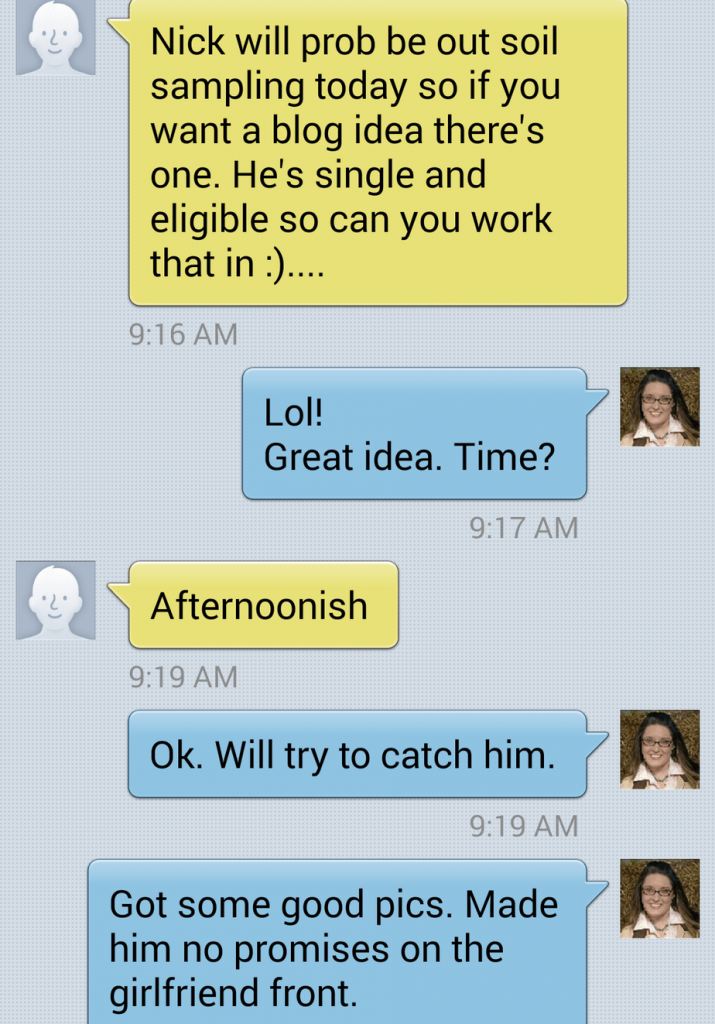
First things first, let's talk about testing our soil before we get into affairs of the heart.
In the spring of each year we test our soil. This is not to see if any particular field should apply to Harvard or if any of our fields should retake 3rd grade next year. We test our soil to see what nutrients are there and what nutrients are not there. Soil testing helps us to save money by making sure we don't over apply fertilizer to a field that is more nutrient dense than the field down the road. Since our cows produce some pretty great fertilizer, but not enough to fertilize all of our fields, soil testing helps us prioritize which fields get our cow's manure and how much manure we should spread on each field. Most of all, testing our soil helps us ensure the health of our land so that our farm is sustainable and still around for the next generation. Soil sampling is pretty dang important!
This is how we test the soil. Notice the lack of Scantron sheets and number 2 pencils.
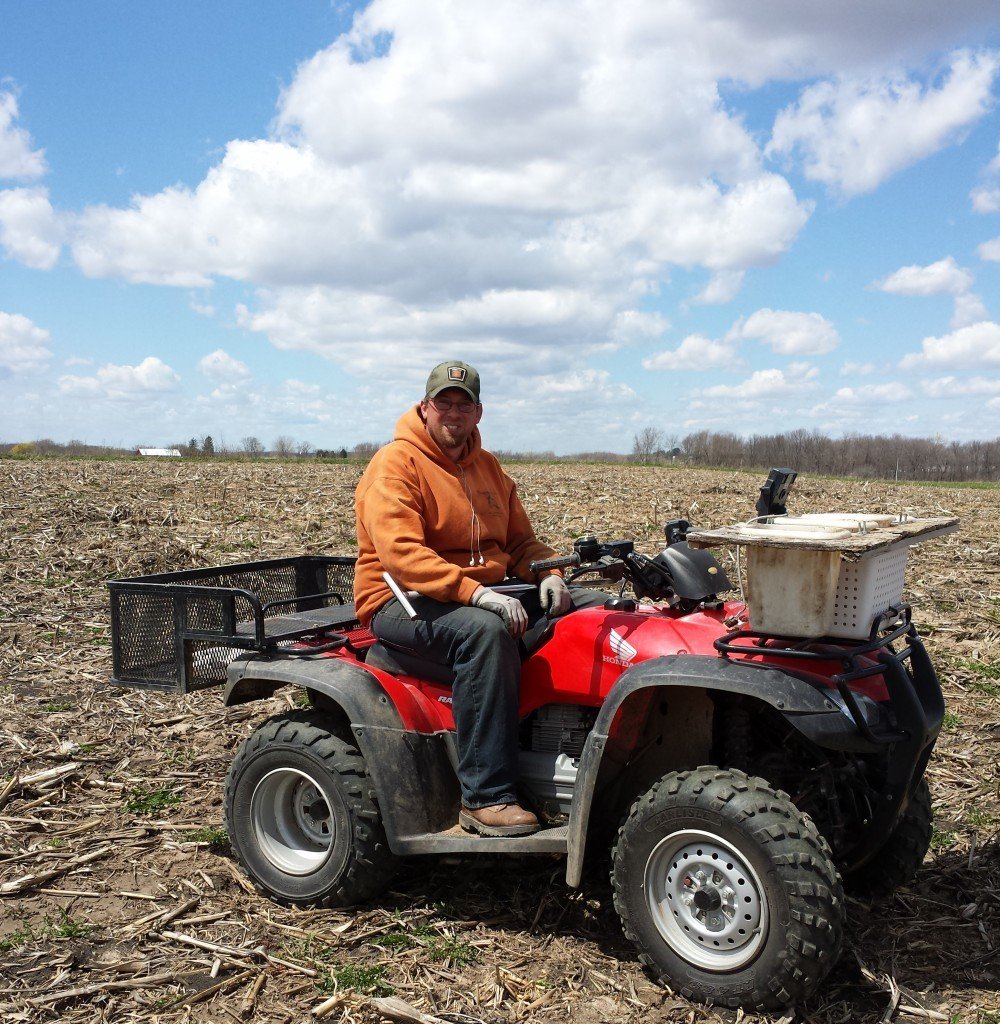
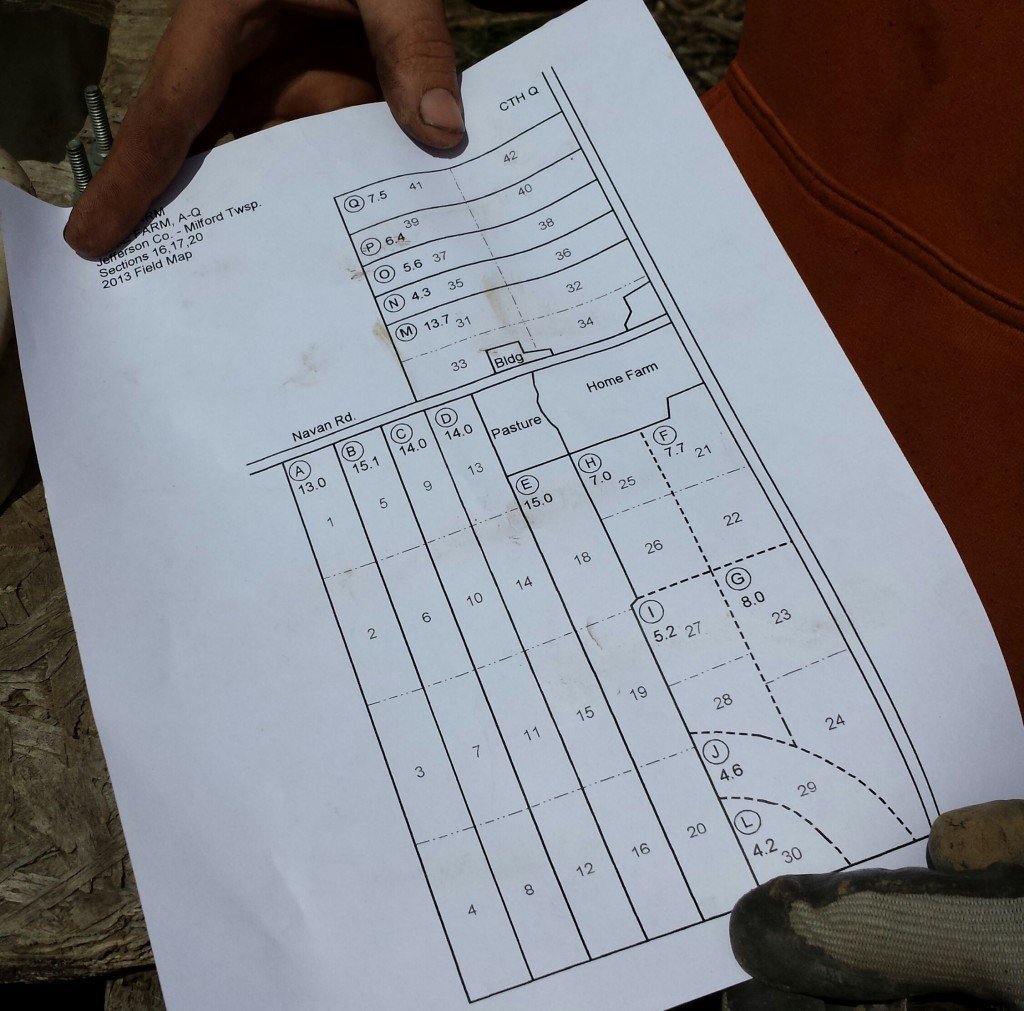


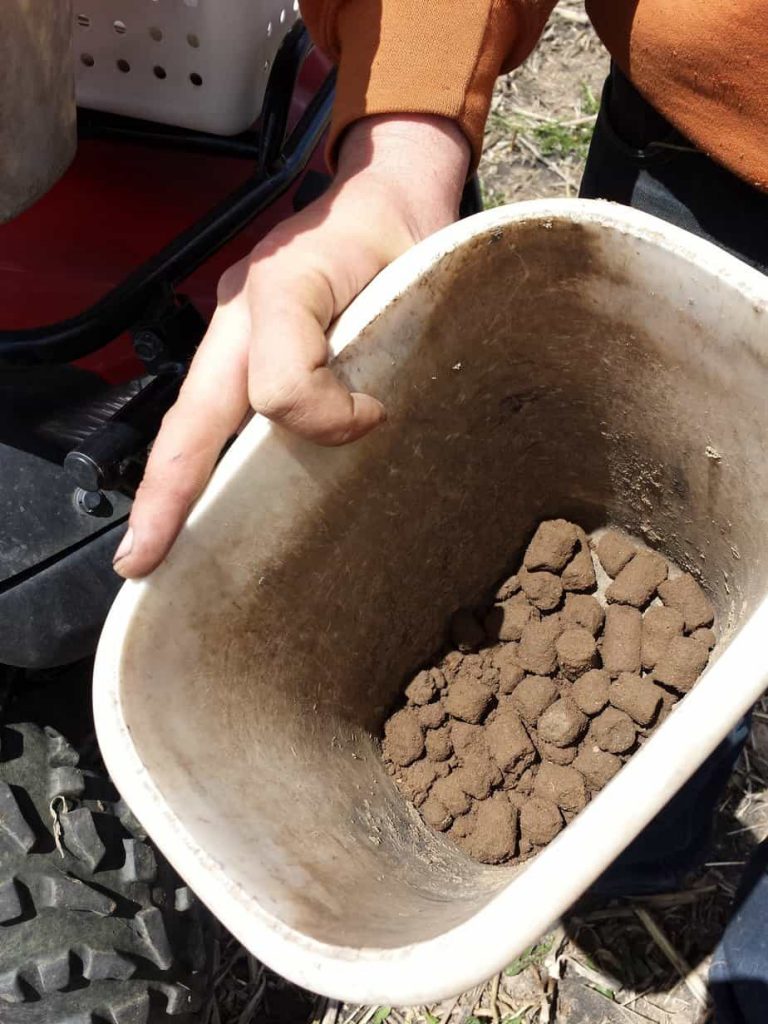
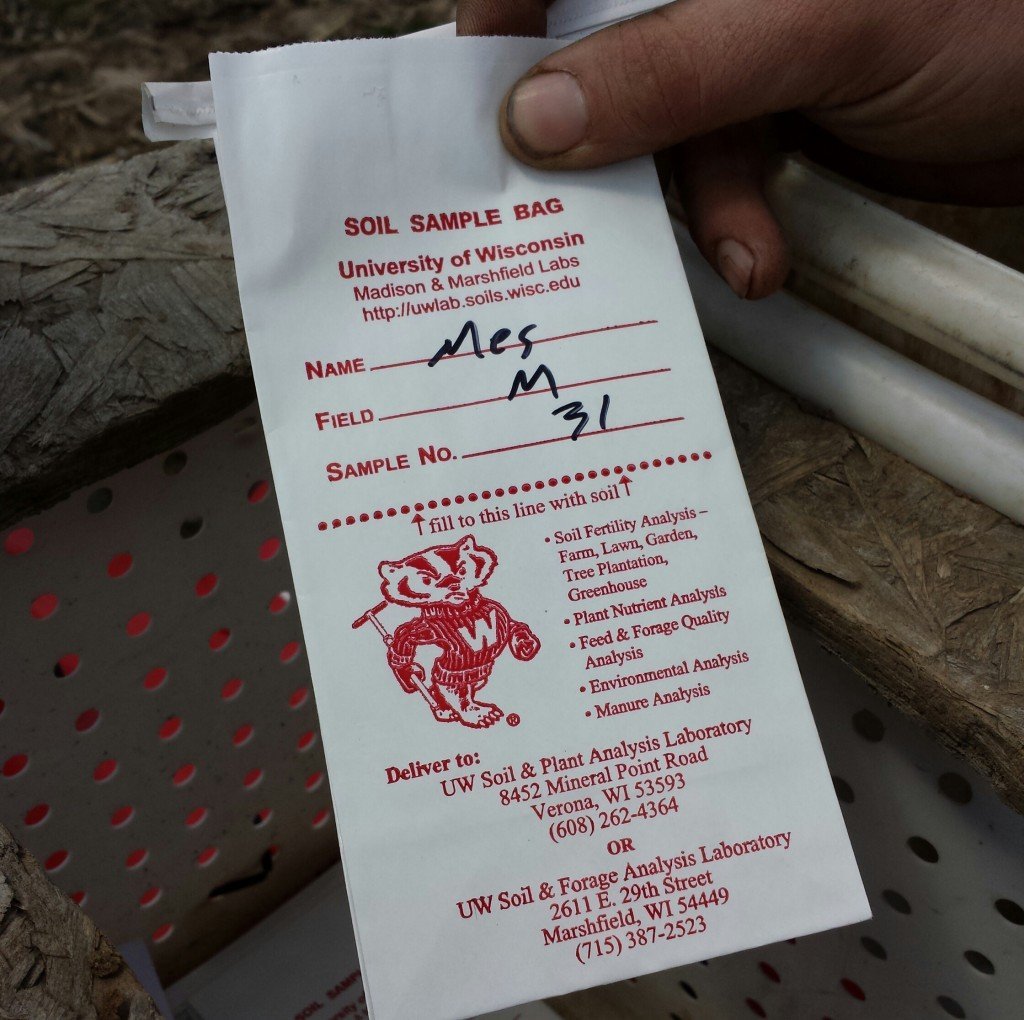
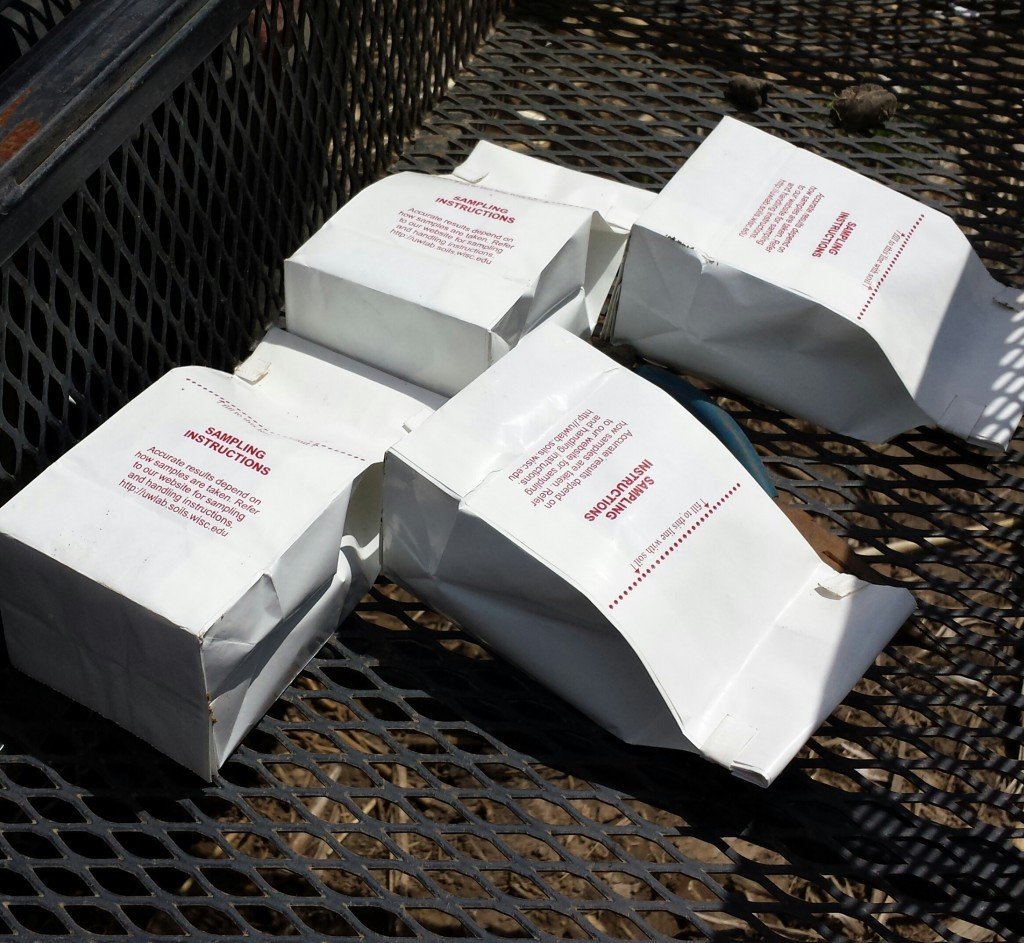
Once the lab gets our dirt, they will send us a report detailing the nutrient profile of each field. We will use that information and work with our crop consultant to ensure that we are making good decisions for our land as well as our business.
Now, about Nick being single... I don't know that he's actually looking for a girlfriend but if he was, I think his personal profile should definitely start with "SWM looking for a woman who likes to be outside, having your own four wheeler is a plus. Must love dirt!"





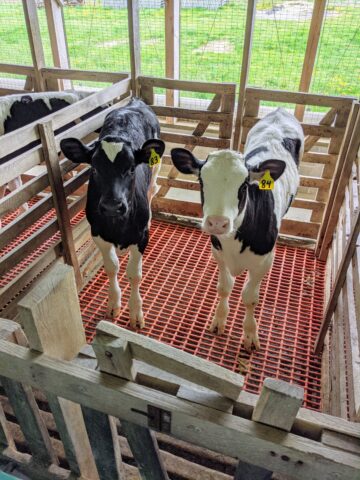
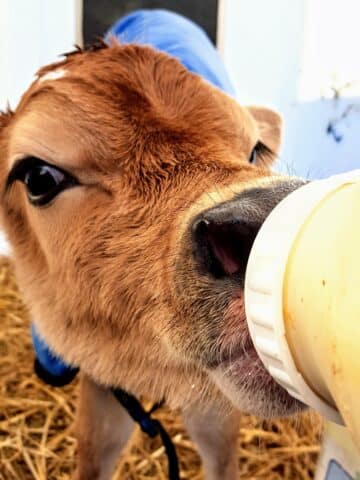
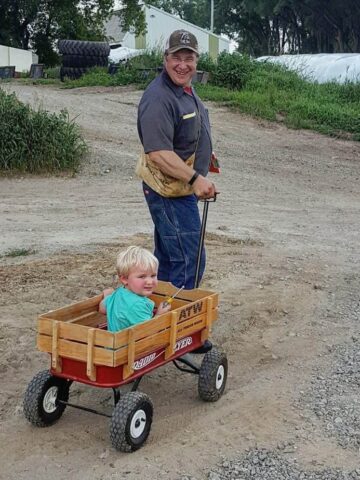
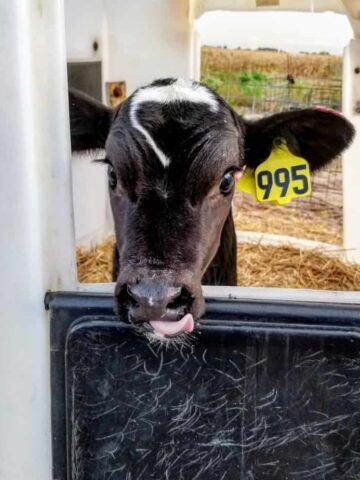
Sherry Beaty-Sullivan
Great blog story..got a joke that my soil professor told me thought you might like it. What's the difference between soil and dirt? Answer: Dirt is just misplaced soil.
Tracey Novak
Love that you mixed humor with a lesson on soil sampling. Tom says that dirt is what is on our kitchen floor because it doesn't have any nutrients like out in a field. Glad you used this idea!
Amanda
Great story. Love your humor.
Nick single? Kansas is a great place to visit! 🙂